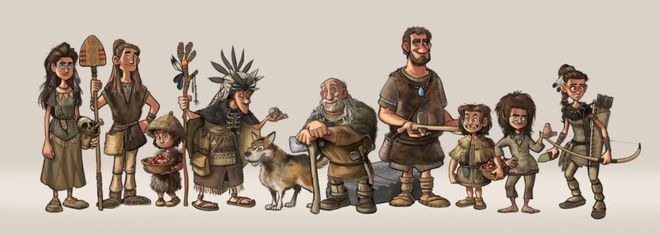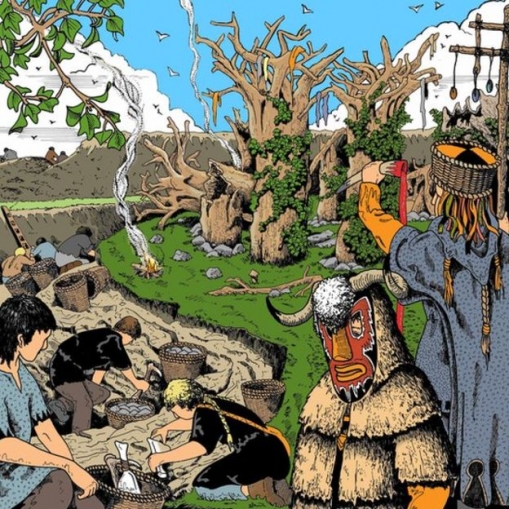Exploring the Neolithic past of Scotland's ancient woodlands
Scotland, as with other Celtic nations, has many prehistoric remains. Many will be familiar with the ancient Neolithic stone monuments, such as the Callanish Stones, on Lewis (Scottish Gaelic: Leodhas), which are thought to date from 4000 to 2600BC. Now a new illustrated booklet has been published with aim of exploring the archaeology of Scotland's lost timber halls and timber circles. It has been created by Forestry and Land Scotland (Scottish Gaelic: Coilltearachd agus Fearann Alba) and Archaeology Scotland. Forestry and Land Scotland is an executive agency of the Scottish Government (Scottish Gaelic: Riaghaltas na h-Alba). It is responsible for managing and promoting Scotland's national forest estate.
The artwork for the booklet was undertaken by East Lothian-based Alan Braby, Orcadian Alex Leonard and Dr Alice Watterson, who works at the University of Dundee's Duncan of Jordanstone College of Art and Design. The illustrations include a tribe of Neolithic people who make use of Scotland's ancient wildwood to live and create monuments. The booklet "The First Foresters" is free and it is also possible to get a PDF copy of the booklet and details can be obtained from the Forestry and Land Scotland website.







